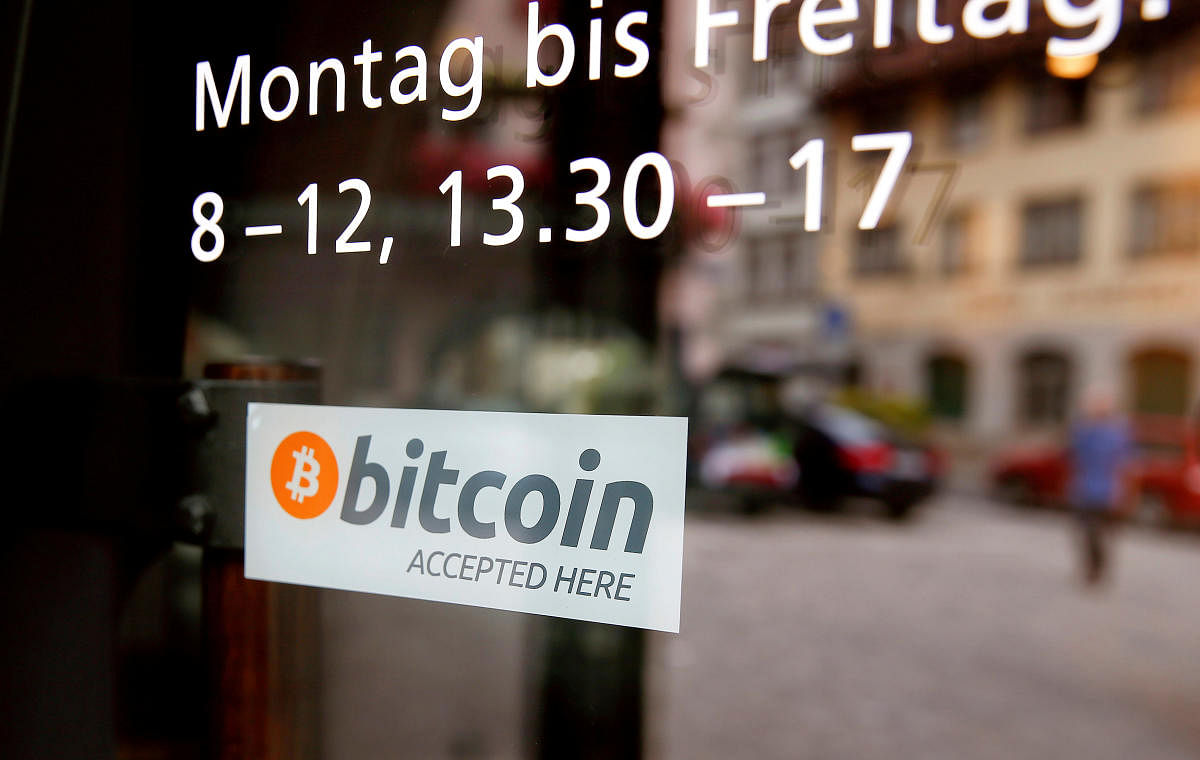By Andy Mukherjee
Confidence in the Indian financial system has been breaking down for some time. Instead of trying to restore trust, it may be time to require less of it — with the help of an official rupee cryptocurrency.
The last straw was the collapse of corporate lender YES Bank Ltd., which failed in slow motion in full view of authorities. Depositors have been assured that their $20 billion-plus in stuck funds will be released after a rescue by the government-controlled State Bank of India. While that may help prevent widespread panic, even temporarily stopping people from accessing their funds would mean that from now on, not all savings and current accounts will be treated by individuals and businesses as a perfect substitute for cash.
It will be both difficult and costly to revive the public’s dwindling faith. A nuclear option is to nationalize the banks and non-bank finance firms that provide $1.75 trillion in annual funding. Doing so would be a doomed throwback to the late 1960s when India lurched toward stultifying socialist-style state controls.
Similarly, it would be unrealistic to assume that the YES Bank embarrassment would trigger an improvement in the status quo. The crony-capital relationships between financiers and borrowers in India are steeped in its colonial history. Putting on the gloss of Basel III capital requirements, which are supposed to make lenders less prone to failure, doesn’t make corruption in banking go away.
Not all is lost. Blockchain technology, which the Indian establishment is trying to snuff out in finance, offers hope. Prime Minister Narendra Modi’s government should consider official crypto to obviate the need for trusted intermediaries, which are in short supply, anyway. Before the coronavirus outbreak, China was widely expected to start its own central bank digital currency this year. But India’s need is greater, and its motivation very different from Beijing’s desire to shake the hegemony of the dollar.
After the YES Bank debacle and botched rescue, deposits in India will probably gravitate toward four or five large lenders, whose managers may be emboldened to make risky bets with other people’s money. The remaining banks will struggle for liquidity. A perennially unstable credit delivery network will always be one misstep away from the next blowup. While every country has its share of manias, panics and crashes, to be gripped by absolute financial mistrust every few years is not an environment where growth can flourish.
A legal defeat has provided the opportunity to think afresh. Earlier this month, India’s highest court set aside the Reserve Bank of India’s directive that asked banks do not offer services to cryptocurrency traders and exchanges. But in parallel, the government is considering a blanket ban on private virtual tokens. The crypto activity could get slammed again, says Tanvi Ratna, chief executive of advisory firm Policy 4.0.
To be sure, one popular use of technology is money laundering. But to kill the industry and send practitioners packing would be to lose out on a valuable innovation at a time when India needs to build on the globally recognized successes of its digital payments industry, which has gained users’ trust just as banks and shadow banks have lost it. After surveying 17 projects around the world — from Norway and Sweden to China, Cambodia and South Africa — the Bank for International Settlements has identified four possible pathways for a central bank digital currency.
Of them, a rupee token that doesn’t require the holder to have an account with anyone but has value guaranteed by the Reserve Bank of India could be a starting point. Cryptography (“I know a secret, therefore I own the funds”) rather than an account relationship (“I am who I say I am, therefore I own the funds”) would be used to enable transfers. Later, the RBI can open up the validation of transactions to authorized parties on distributed ledgers.
Currently, a deposit holder has to rely on everyone from the bank’s management and board to the auditors, the rating firms and the regulator to do their jobs. When they all fail, as in the case of Yes, the bank’s chequebook, ATM card, and online banking password cease to generate liquidity. Deposits stop being the same as cash, even if the state guarantees their safety. It would be far less painful if deposit owners only had to trust the RBI, not as a banking regulator but as a money-printing authority that could never run out of resources to settle its IOUs.
China wants the yuan to take over from the dollar as the world’s reserve currency. A tech-enabled global alternative to the greenback — of the kind that Facebook Inc.’s proposed Libra had threatened to be — would have been an obstacle. Hence, Beijing accelerated its tokenized currency initiative. India needs to jump on the bandwagon for self-preservation.
If the RBI doesn’t make easy-to-transact digital rupees available and leaves ordinary folks at the mercy of poorly run and supervised banks like Yes, people would rather store their wealth in Silicon Valley-sponsored tokenized money — or Beijing’s digital yuan — whenever they arrive. If that happens, good luck running an independent monetary policy.
